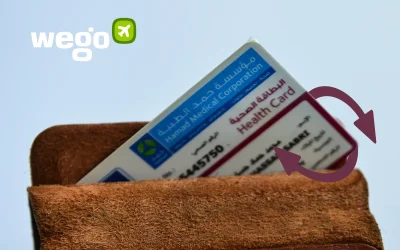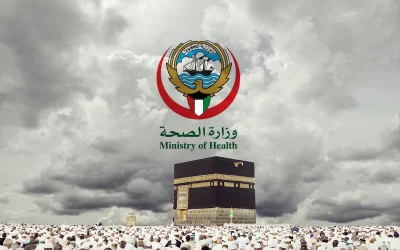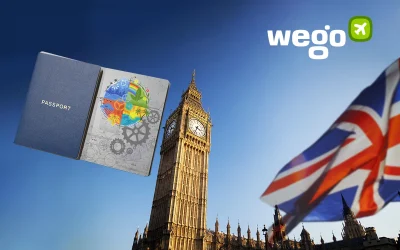This article is reviewed regularly (on a monthly basis) by Wego’s editorial team to ensure that the content is up to date & accurate.
Updated 18 February 2022
With a gradual decrease in the number of Omicron cases, the Philippines recently ended a nearly 2-year ban on foreign travellers from 157 countries having visa-free arrangements with the Philippines, who have been fully vaccinated and tested negative for the virus. The government also ended a risk classification system that banned travellers from the worst-hit countries.
Travellers looking to enter the pearl of the orient must currently abide by the country’s entry requirements as well as complete the mandatory e-CIF form prior to travelling.
Here, we take a closer look at the Philippine’s e-CIF requirement; what the e-CIF actually is, how and where to register, and who are required to register.
Table of Contents
What is e-CIF?
The Electronic Case Investigation Form (e-CIF) is a health certificate/declaration required by all international arrivals looking to enter the Philippines. Failure to do so may result in difficulty in clearing the immigration.
The e-health certificate is in the form of an online questionnaire where travellers are requested to provide answers to some basic questions regarding themselves, their health, and their travel history.
The e-CIF system is also known as the ‘Philippine Red Cross registration’ due to it being managed by the Red Cross as well as the government.
Why do travellers need to complete the e-CIF?
In line with the government’s entry regulations, completing the e-CIF ensures the Filipino authorities will be able to assess the travellers’ health status in relation to COVID-19 upon arrival in the Philippines.
According to the authorities, the e-CIF form is necessary to minimize the spread of COVID-19 into the Philippines through the ports of entry as it ensures that anyone arriving into the country will be tested for COVID-19.
By registering themselves beforehand, the necessary health protocols the likes of PCR tests can be administered more effectively and swiftly. Travellers will also not be required to provide their medical history and contact details at the airport if they have completed the e-CIF beforehand.
By when should the e-CIF be filled?
The e-CIF must be filled up prior to immigration. The Filipino authorities recommend completing the e-CIF 3 days prior to arrival in the Philippines.
How to fill and register on e-CIF?
The requirements to complete the e-CIF are pretty straightforward. Travellers will only need to provide the following:
- scanned copy of their passport
- valid email address
To register, simply visit the e-CIF portal and provide the required information. Apart from the items mentioned above, you will be requested to provide some basic information on the following:
- personal data, the likes of your full name, nationality, date of birth, age, and civil status
- your email address and phone number
- emergency contact while in the Philippines
- travel history
- employment (e.g. if the individual is a frontline worker)
- you are required to attach your scanned passport
- you can opt to attach your COVID-19 test result though it’s not required
After reviewing your details and making sure they are accurate, the last step is to submit your provided information. The whole process may take up to 10 minutes to complete. x
Upon completion, you will obtain a scannable Red Cross QR code to be presented to border authorities upon arrival.
Should the QR code be printed?
There isn’t a requirement to print your obtained QR code. However, you can opt to do so as a contingency. You can present the QR code as an image on your mobile device or as a printed copy.













